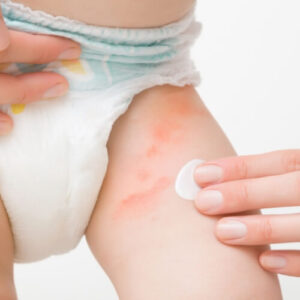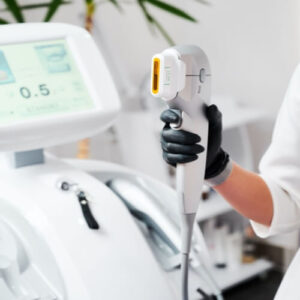Swelling above the navel: the complete guide
It is worth noting that a bulge above the navel is often referred to as an epigastric hernia, and is one of the most common types of hernia in babies and is usually treated alone, especially if detected early.,
Here is the most important information about the bump above the navel:
What is the condition of the bump above the navel?
An epigastric hernia usually occurs when the inner layers of the abdominal muscle weaken. This causes a bulge or tear, in the same way that when pushed internally through a damaged tire, the inner lining of the abdomen will be pushed through the weak area in the abdominal wall; Eventually, it forms a small balloon-like sac.
This condition can allow a ring of intestinal or abdominal tissue to enter the sac, cause a severe and painful hernia and cause additional problems that may require emergency surgery, the complications are usually limited to entrapment and suffocation, but at a low rate.
Males may develop swelling above the navel two or three times more often than females.
Epigastric hernia symptoms
This type of hernia is characterized by appearing and disappearing by itself in many cases, when it is called a reducible hernia, and its symptoms may not be obvious to a person, and it may be imperceptible in some cases, for example:,
- When the patient cries.
- When the patient urges to have a bowel movement.
- When doing any other activity that puts pressure on the abdominal area.
- Standing or sitting for a long time.
- when carrying heavy objects.
You should know that the bulge above the navel usually appears in the form of a bulge in the area below the sternum, or sternum, and this bulge is the result of a fat mass that has been pushed through the hernia, it is possible for this mass. grow over time and become larger, and a patient can have more than sometimes one.,
causes an epigastric hernia
This bulge usually appears from birth, because it is formed as a result of weakness in the muscles of the abdominal wall or incomplete closure of the abdominal tissue during growth.
Some of the factors that aggravate an epigastric hernia include:,
- obesity;
- pregnancy.
- coughing fits;
- carry heavy weights.
- work or physical activity.
- Intense training and exercise.
- diabetes mellitus;
- smoke.
- Steroid use.
Methods for diagnosing epigastric hernia
Among the methods used to diagnose this type of condition are the following:
- Review the patient’s medical and surgical history.
- Physical examination of the affected area.
- Ask the person to cough or stand up so the doctor can see the swelling more clearly.
- Do some imaging tests:
therapeutic methods
This type of hernia may not go away on its own, leading to complications that eventually require surgery.
Surgery is the method used to correct the bulge above the navel, even for babies, this is the recommended treatment in most cases due to the risk of enlarging the hernia and causing additional complications and pain.
To complete the repair, the doctor may use sutures or implanted mesh, usually based on the size of the hernia and the person’s risk factors.,
Are there other reasons for swelling above the navel?
The pathological reason for this swelling may not be limited to what was mentioned before, it could also be one of the following reasons:,
- swallow air
- Fluid accumulation.
- gases;
- Lactose intolerance.
- Irritable bowel syndrome.
- Partial intestinal obstruction.
- pregnancy.
- premenstrual syndrome.
- Uterine fibroids.





